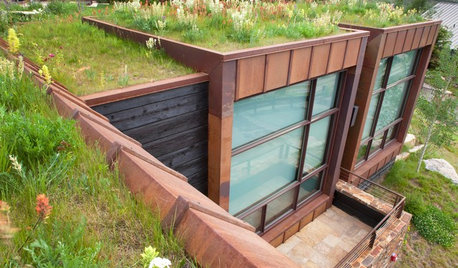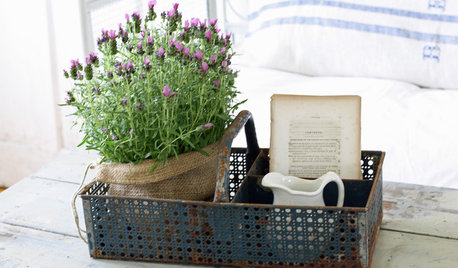The Myth of Winter Dormancy
karen715
15 years ago
Featured Answer
Comments (34)
karen715
15 years agolast modified: 9 years agotapla (mid-Michigan, USDA z5b-6a)
15 years agolast modified: 9 years agoRelated Professionals
Rancho Cordova Landscape Architects & Landscape Designers · Burien Landscape Contractors · Canton Landscape Contractors · Corona Landscape Contractors · Davis Landscape Contractors · Fort Worth Landscape Contractors · Lehigh Acres Landscape Contractors · Longview Landscape Contractors · McLean Landscape Contractors · Natick Landscape Contractors · Painesville Landscape Contractors · Shirley Landscape Contractors · Woodburn Landscape Contractors · View Park-Windsor Hills Interior Designers & Decorators · Arlington HandymanMentha
15 years agolast modified: 9 years agojeelli
15 years agolast modified: 9 years agogobluedjm 9/18 CA
15 years agolast modified: 9 years agokaren715
15 years agolast modified: 9 years agopirate_girl
15 years agolast modified: 9 years agotapla (mid-Michigan, USDA z5b-6a)
15 years agolast modified: 9 years agojeannie7
15 years agolast modified: 9 years agodaw_etc
15 years agolast modified: 9 years agopirate_girl
15 years agolast modified: 9 years agomeyermike_1micha
15 years agolast modified: 9 years agopirate_girl
15 years agolast modified: 9 years agocitosa
15 years agolast modified: 9 years agonanw_4wi
15 years agolast modified: 9 years agonanw_4wi
15 years agolast modified: 9 years agogreenman28 NorCal 7b/8a
15 years agolast modified: 9 years agomortswife97630
15 years agolast modified: 9 years agogreenman28 NorCal 7b/8a
15 years agolast modified: 9 years agotapla (mid-Michigan, USDA z5b-6a)
15 years agolast modified: 9 years agokaren715
15 years agolast modified: 9 years agomr_subjunctive
15 years agolast modified: 9 years agowatergal
15 years agolast modified: 9 years agotapla (mid-Michigan, USDA z5b-6a)
15 years agolast modified: 9 years agotapla (mid-Michigan, USDA z5b-6a)
15 years agolast modified: 9 years agogreenman28 NorCal 7b/8a
15 years agolast modified: 9 years agogreenman28 NorCal 7b/8a
15 years agolast modified: 9 years agogobluedjm 9/18 CA
15 years agolast modified: 9 years agogreenman28 NorCal 7b/8a
15 years agolast modified: 9 years agogobluedjm 9/18 CA
15 years agolast modified: 9 years agopirate_girl
15 years agolast modified: 9 years agokaren715
15 years agolast modified: 9 years agogravyboots
13 years agolast modified: 9 years ago
Related Stories

GARDENING GUIDESGarden Myths to Debunk as You Dig This Fall and Rest Over Winter
Termites hate wood mulch, don’t amend soil for trees, avoid gravel in planters — and more nuggets of garden wisdom
Full Story
BEDROOMSRest Easy: Myth Busting for Bedding and Mattresses
We put to bed some of the misconceptions that may be keeping you from a good night's sleep
Full Story
GARDENING GUIDESWe Bust 4 More Native Plant Myths
Have you been taken in by these fallacies about gardening with native plants?
Full Story
GREEN BUILDING6 Green-Roof Myths, Busted
Leaky, costly, a pain to maintain ... nope, nope and nope. Get the truth about living roofs and see examples from simple to elaborate
Full Story
GARDENING GUIDESLet's Weed Out 4 Native Plant Myths
Plant wisely for a garden that supports pollinators and requires less work
Full Story
MOST POPULARThe Right Way to Test Paint Colors
Here are 5 key steps to take to ensure you're happy with your wall paint color
Full Story
GARDENING GUIDESGreat Design Plant: Kumquats for a Juiced-Up Winter
Grow it for the edible fruit or its good looks alone. This citrus cousin will brighten any gray winter day
Full Story
HOUSEPLANTSOutsmart Winter — Make Houseplants of Your Garden Growers
No need to watch Jack Frost play Wreck the Rosemary. Bring your garden inside for the winter, using containers and these guidelines
Full Story
DECORATING GUIDESHow to Get Authentic French Style in Your Home
Move over Shabby Chic and French Provincial. These myths and realities reveal the real look of French decor
Full Story
WINTER GARDENINGPruning Secrets for Exquisite Roses
Encourage gorgeous blooms year after year with this time-tested advice on how to prune your rosebush in winter for health and shape
Full StorySponsored
Central Ohio's Trusted Home Remodeler Specializing in Kitchens & Baths
More Discussions








tapla (mid-Michigan, USDA z5b-6a)